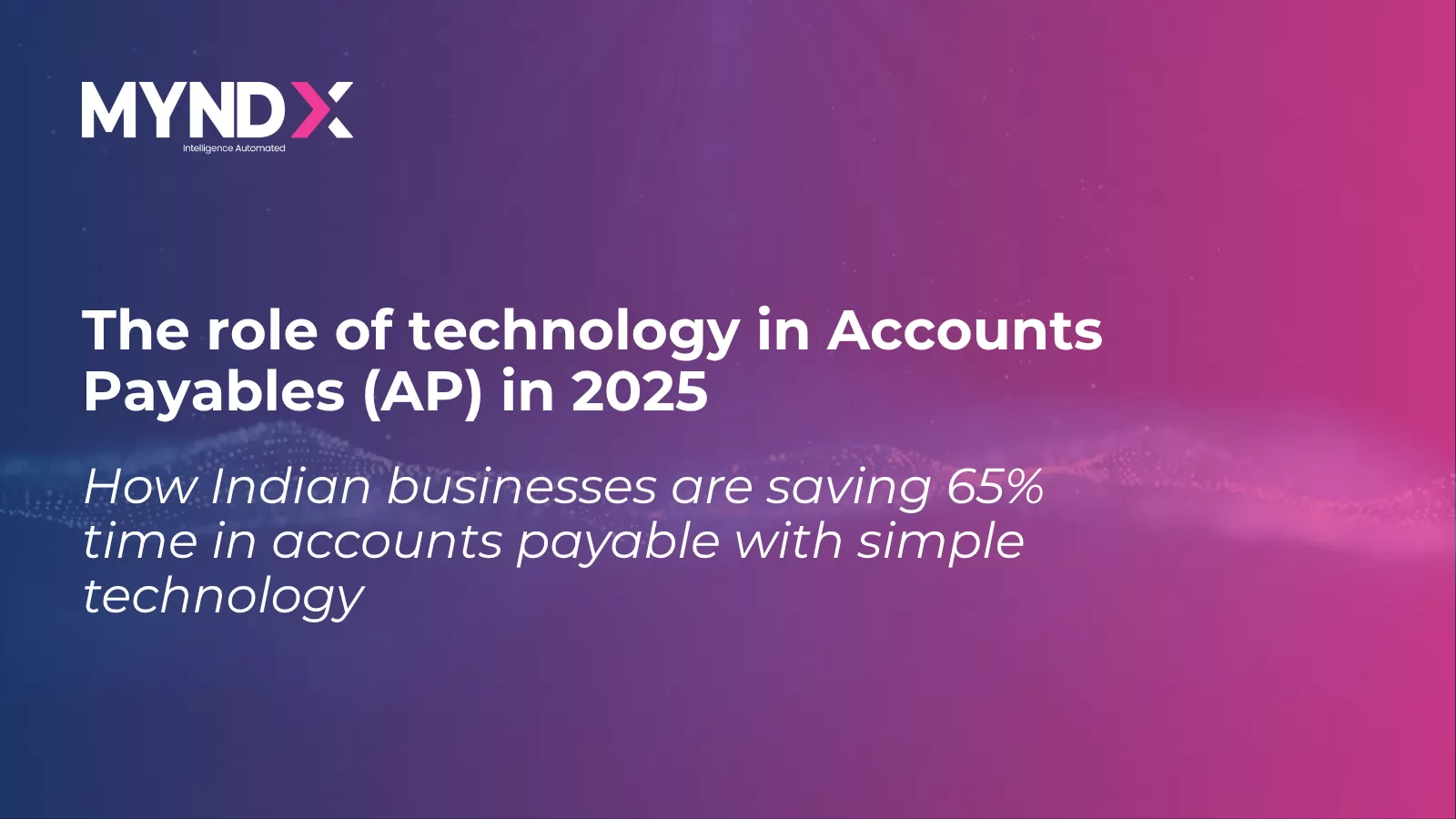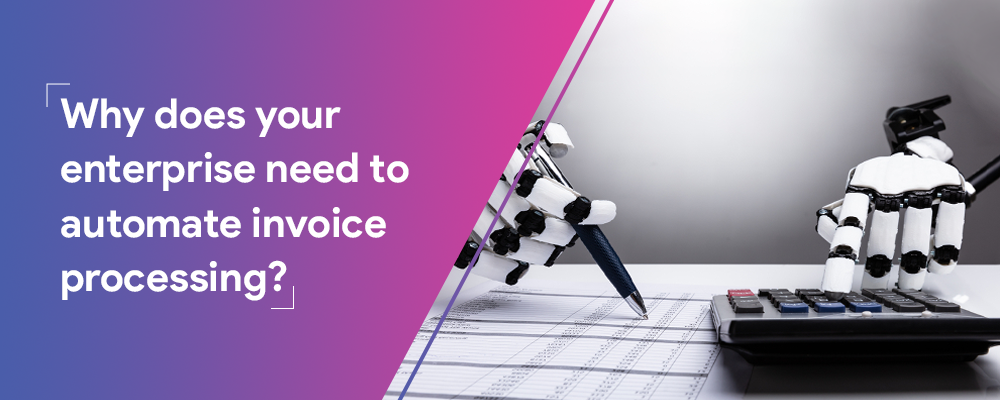In the dynamic world of business, effective financial management is not just about counting money; it’s about strategically guiding your organization towards a prosperous future. Many business leaders, especially those tasked with pivotal decisions and overseeing technology, often encounter two fundamental concepts: budgeting and forecasting. While frequently used interchangeably, these two pillars of financial planning serve distinct yet highly complementary purposes. Understanding their individual strengths and how they work together is crucial for any business aiming for sustainable growth and unwavering stability.
At MYND Integrated Solutions, we observe how businesses that master both budgeting and forecasting are better equipped to navigate market changes, optimize resource allocation, and achieve their strategic goals. This isn’t just about finance teams; it’s about empowering every department, from operations to IT, with the clarity needed to make informed decisions. Let’s explore why your business doesn’t just need one or the other, but both, to truly thrive in today’s complex economic landscape.
The Foundation: Understanding Robust Business Budgeting
Think of a budget as a meticulously crafted blueprint for your financial journey. It’s a detailed plan that allocates financial resources for a specific period, usually a fiscal year. A budget essentially tells your money where to go, ensuring that spending aligns with your organization’s goals and limitations. It’s a statement of intent, a commitment to how you plan to utilize your funds to achieve predefined objectives.
What is a Budget?
- A budget is a specific, actionable financial plan outlining expected revenues and planned expenses for a future period.
- It represents your company’s financial targets and limits.
- Budgets are often fixed and are used to control spending and measure performance against predetermined goals.
Key Characteristics of Budgeting:
- Control-Oriented: Its primary purpose is to control spending and ensure that financial resources are used efficiently.
- Goal-Setting: Budgets are tied to specific business objectives, acting as a benchmark for performance.
- Fixed Period: Typically created annually, but can be quarterly or monthly, and is relatively rigid for that period.
- Detailed: Involves granular breakdown of income and expenditure for various departments or projects.
- Performance Measurement: Allows businesses to compare actual results against planned figures, identifying deviations.
Practical Examples:
A marketing department might have a budget for the year specifying exactly how much can be spent on digital advertising, events, and content creation. An IT department will budget for new software licenses, hardware upgrades, and cybersecurity initiatives. These budgets act as guardrails, ensuring that spending doesn’t exceed allocated funds and that resources are channeled into critical areas. Effective financial budgeting ensures that every rupee spent has a purpose and contributes to the company’s overall strategy.
Gazing into the Future: The Power of Financial Forecasting
If budgeting is your financial blueprint, then forecasting is your weather report. It’s an estimation of future financial outcomes based on historical data, current market trends, and a set of assumptions. Forecasting isn’t about setting targets; it’s about predicting what might happen. It’s a dynamic and forward-looking process that helps businesses anticipate potential challenges and opportunities, allowing for agile strategic adjustments.
What is Forecasting?
- A forecast is an estimate of what will happen in the future, typically in financial terms (e.g., sales, expenses, cash flow).
- It is an informed prediction based on available data and analysis.
- Forecasting helps in strategic planning, risk management, and making timely operational adjustments.
Key Characteristics of Forecasting:
- Predictive: Its main aim is to anticipate future financial performance.
- Dynamic & Flexible: Forecasts are regularly updated and adjusted as new information becomes available. They are not fixed.
- Forward-Looking: Can cover various time horizons – short-term (weeks/months) to long-term (several years).
- Scenario Planning: Often involves modeling different “what if” scenarios to understand potential impacts.
- Data-Driven: Relies heavily on historical data, market analysis, economic indicators, and qualitative judgments.
Practical Examples:
A sales team might forecast quarterly revenue based on pipeline strength, historical conversion rates, and seasonal trends. A logistics company might forecast fuel costs based on global oil prices and projected delivery volumes. An IT department might forecast future cloud spending based on anticipated user growth and data storage needs. This proactive approach to financial forecasting allows businesses to prepare for potential shifts, whether it’s a surge in demand or a rise in operational costs.
Budgeting vs. Forecasting: Distinct Roles, Shared Goal
While both budgeting and forecasting are indispensable tools for financial health, they operate with different intentions and methodologies. Understanding their differences is key to leveraging their combined power.
- Purpose:
- Budgeting: Focuses on **planning** where to allocate resources and control spending to achieve specific goals. It’s about ‘how we *will* spend’.
- Forecasting: Focuses on **predicting** future outcomes based on current trends and data. It’s about ‘what *might* happen’.
- Nature:
- Budgeting: Generally fixed and relatively rigid for its defined period. It acts as a set target.
- Forecasting: Dynamic, flexible, and subject to frequent revisions as new information emerges. It adapts to change.
- Time Horizon:
- Budgeting: Typically covers a shorter, fixed period, such as a fiscal year.
- Forecasting: Can extend over various timeframes, from short-term operational forecasts to long-term strategic projections.
- Focus:
- Budgeting: Internally focused on performance against planned targets and controlling actual expenditures.
- Forecasting: Externally aware, considering market conditions, economic shifts, and operational realities.
- Revision:
- Budgeting: Reviewed periodically (e.g., quarterly or annually) and adjusted through formal processes.
- Forecasting: Continuously updated, often monthly or even weekly, to reflect the latest information.
Despite these differences, their shared ultimate goal is to enhance a business’s financial health and decision-making capabilities. They are not competing tools but rather complementary forces that, when used together, offer a holistic view of your financial landscape.
Beyond Either/Or: Why Both Financial Forecasting and Budgeting are Indispensable
Many businesses mistakenly treat budgeting and forecasting as mutually exclusive or believe that one can sufficiently replace the other. However, the true power lies in their synergy. Imagine trying to drive a car with only a fixed route map (budget) but no real-time traffic updates (forecast), or with only traffic updates but no destination (budget). Neither scenario is ideal.
How They Work Together:
- Forecasting Informs Budgeting: A well-executed financial forecasting process provides realistic inputs for creating an effective budget. If forecasts predict a significant increase in raw material costs, the budget can be adjusted proactively to account for it, preventing unpleasant surprises later.
- Budgeting Provides Context for Forecasting: The budget sets the financial goals and boundaries. Forecasts can then assess the likelihood of achieving those budget goals given current realities. If a forecast indicates that budgeted sales targets are unattainable, it’s a signal to revise strategy or adjust the budget.
- Enhancing Agility: Budgets provide stability and control, while forecasts offer the agility to respond to changing market conditions. When forecasts deviate significantly from the budget, it prompts a re-evaluation of strategies, allowing businesses to pivot quickly.
- Optimized Resource Allocation: Together, they ensure that resources are not just allocated according to a plan (budget) but also dynamically adjusted based on anticipated needs and opportunities (forecast). This prevents overspending in one area while under-resourcing another critical function.
- Risk Mitigation: Forecasting helps identify potential financial risks (e.g., cash flow shortages, revenue shortfalls) before they materialize. Budgeting then provides the framework to implement countermeasures and allocate funds to mitigate these risks.
For IT professionals and decision-makers, this integrated approach means better planning for technology investments, resource allocation for projects, and managing operational costs. By combining the discipline of financial budgeting with the foresight of financial forecasting, businesses gain a robust financial strategy that is both controlled and adaptable, leading to greater resilience and competitive advantage.
The Digital Edge: Technology Solutions for Superior Financial Planning
In today’s fast-paced business environment, manual budgeting and forecasting processes are often slow, prone to errors, and lack the real-time insights critical for effective decision-making. This is where modern technology solutions become indispensable. They transform these vital financial activities from burdensome tasks into strategic advantages.
How Technology Elevates Financial Planning:
- Centralized Data Management with ERP Systems:
Modern Enterprise Resource Planning (ERP) systems, such as SAP or Microsoft Dynamics, serve as the backbone for financial operations. They consolidate financial data from across the organization – sales, procurement, HR, operations – into a single, integrated platform. This centralized data is critical for both budgeting and forecasting. It ensures that budgets are built on accurate, up-to-date information and that forecasts leverage comprehensive historical trends.
- Benefit for Budgeting: Automates data collection, streamlines budget creation, tracks actual spending against budget in real-time, and flags deviations instantly.
- Benefit for Forecasting: Provides a rich, consistent dataset for analysis, feeding historical performance into predictive models, and offering real-time visibility into current financial standing.
- Advanced Analytics and Business Intelligence (BI) Tools:
BI and analytics platforms are crucial for transforming raw data into actionable insights. These tools can analyze vast amounts of historical financial data, identify patterns, and detect emerging trends that might be invisible to the human eye. For IT decision-makers, this means providing the finance team with powerful engines to process complex data sets effectively.
- Benefit for Forecasting: Powers sophisticated predictive models, identifies key drivers of revenue and costs, and supports scenario planning by allowing businesses to model different future outcomes.
- Benefit for Budgeting: Helps in setting more realistic budget targets based on data-driven insights rather than mere assumptions.
- Cloud-Based Planning Platforms:
Cloud solutions offer flexibility, scalability, and accessibility that on-premise systems often cannot match. Cloud-based budgeting and forecasting tools allow teams to collaborate seamlessly, regardless of location. They also provide the computational power needed for complex financial models without significant upfront IT infrastructure investments.
- Benefit for Both: Facilitates real-time collaboration among different departments, ensures data security, offers automatic updates and scalability to meet evolving business needs.
- Artificial Intelligence (AI) and Machine Learning (ML) for Predictive Accuracy:
Emerging technologies like AI and ML are revolutionizing financial forecasting. These algorithms can process incredibly complex datasets, identify subtle correlations, and learn from past outcomes to generate highly accurate predictions. For IT professionals, integrating AI/ML capabilities into financial systems presents an opportunity to elevate strategic decision-making.
- Benefit for Forecasting: Significantly improves the accuracy of forecasts, reduces manual effort, and enables more sophisticated scenario analysis by identifying optimal outcomes.
By investing in these robust technology solutions, businesses can move beyond static spreadsheets and embrace dynamic, data-driven financial management. This not only makes the processes of financial forecasting and budgeting more efficient but also empowers leadership with clearer, more reliable insights for strategic planning and execution. It’s about building a digital infrastructure that supports agile and informed financial stewardship.
Integrating Budgeting and Forecasting: A Roadmap for Success
Implementing a unified approach to budgeting and forecasting requires more than just good intentions; it demands a structured methodology, the right tools, and a culture of collaboration. For IT and business leaders, leading this integration can be a significant driver of organizational efficiency and strategic agility.
Key Steps for Seamless Integration:
- Data Harmonization and Integration: The cornerstone of effective integration is ensuring that all relevant financial and operational data is consistent, accurate, and accessible across systems. Break down data silos between departments. Utilize ERP systems and data warehouses to create a single source of truth that feeds both your budgeting and forecasting models. This ensures that the numbers used for planning are the same as those used for prediction.
- Establish Clear Processes and Cadence: Define how often forecasts will be updated (e.g., monthly, quarterly) and how these updates will inform budget reviews. It’s not about rewriting the budget every month, but about understanding how current forecasts impact the likelihood of achieving budgeted goals. This might involve ‘rolling forecasts’ that continuously project future periods, replacing outdated ones.
- Foster Cross-Functional Collaboration: Financial planning is not solely the domain of the finance department. Sales provides crucial input for revenue forecasts, operations for cost projections, and HR for personnel expenses. The IT department, too, plays a vital role in providing data and insights related to technology spending and infrastructure costs. Encourage regular meetings and shared platforms where these departments can contribute to and understand the financial picture.
- Leverage Integrated Software Platforms: Opt for software solutions that offer integrated modules for budgeting, planning, and forecasting (BP&F or EPM – Enterprise Performance Management suites). These platforms automatically link budget targets with forecasting models, allowing for easy comparison, variance analysis, and “what-if” scenario planning. They also reduce manual data entry and potential errors.
- Embrace Scenario Planning: Use your forecasting tools to explore various “what-if” scenarios. What if sales increase by 15%? What if raw material costs rise by 10%? What if a key technology investment is delayed? By modeling these scenarios, you can assess their impact on your budget and prepare contingency plans, making your financial strategy more robust.
- Continuous Learning and Adaptation: The business environment is constantly evolving. Treat your budgeting and forecasting processes as living documents. Regularly review the accuracy of your forecasts and the effectiveness of your budgets. Learn from past discrepancies and refine your methodologies and assumptions to continuously improve your financial planning capabilities.
By systematically integrating your budgeting and forecasting processes, supported by modern technology, your business gains a powerful engine for financial management. It allows you to maintain control while fostering agility, ensuring that your financial strategy remains relevant and responsive to both internal goals and external market forces.
Conclusion: Charting a Course for Financial Excellence
In the intricate landscape of modern business, success hinges on clarity, foresight, and control. While often confused, budgeting and forecasting are distinct yet indispensable elements of robust financial management. Budgeting provides the structured roadmap, allocating resources with precision and setting clear performance benchmarks. Forecasting, on the other hand, offers the dynamic navigation system, anticipating future trends and enabling agile responses to an ever-changing environment.
For decision-makers and IT professionals, understanding and implementing both financial forecasting and budgeting is not just a best practice; it’s a strategic imperative. When integrated effectively, powered by modern technology solutions like advanced ERP systems, business intelligence platforms, and cloud capabilities, they transform your financial planning from a reactive exercise into a proactive advantage. This synergy allows your business to not only achieve its financial goals but also to adapt, innovate, and thrive in any economic climate.
At MYND Integrated Solutions, we believe that empowering businesses with intelligent, integrated financial tools is key to unlocking their full potential. It’s about building resilience, fostering growth, and ensuring long-term stability.
Is your business leveraging the full power of integrated budgeting and forecasting? Are your technology solutions truly enabling agile financial decision-making? We encourage you to evaluate your current processes and explore how modern, integrated solutions can provide the clarity and control your business needs to excel.














